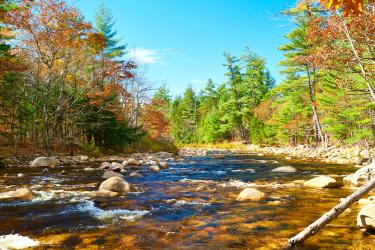Understanding Your Forest Management Expenses
It takes resources to realize the dreams you have for your land. Whether you’re building roads or habitat, thinning your trees or replanting them, there are financial costs to keeping your woods healthy.
Current tax laws include benefits that can help you offset those costs. Some of the costs can be recovered during the same tax year they’re incurred; others take a little longer to recover. It all depends on what kind of expenditure it is—operating or capital.
Operating expenditures are the necessary, day-to-day costs of maintaining your land and carrying on a trade or business. When it comes to your woods, these might include:
- herbicides
- fertilizers
- tools with a short life (such as those replaced almost every year)
- maintenance costs for your equipment (such as oil changes for your truck or tractor)
- recurring activities that preserve the health of your woods (such as prescribed burning)
- property taxes
Capital expenditures are the costs associated with acquiring your property, or with improving its value for the long term. These might include:
- purchasing more land to add to the property
- planting new trees
- building a road on your land
- buying equipment with a useful life of more than one year (such as a tractor)
Because capital expenditures become part of the property’s value, they’re recovered over the lifetime of the asset that incurred the cost (for example, the tractor’s cost may be partly recovered as it depreciates over time) or when the property is sold.
The tax code is particular when it comes to defining these expenditures. But it’s also particular about who can deduct these expenditures and how.
How can I get more tips?
It’s simple! Enter your email below.

